Many of us grew up with the rule that you couldn’t leave the table until you had cleaned your plate. But health experts agree that enforcing a “clean your plate” rule — regardless of a child’s age — isn’t always helpful. We asked Children’s National Hospital dietitian Megan Barna, MS, RD, for tips on how parents can teach their kids healthy eating habits.
Teach kids to listen to the bodies — not their eyes
“It may help to prevent weight and eating problems in the future, if children learn to notice and respond to their feelings of fullness,” Barna said. “Young kids are typically good at listening to their bodies, but it is common to teach children to ignore those feelings out of fear that they may not eat enough.”
Curb pressure-to-eat behavior
It’s normal for children’s appetite and food intake to fluctuate on a day-to-day basis, Barna said. “Parents should keep in mind that while it is their role to determine what food is provided and at what times, it is the child’s job to determine how much they are going to eat,” advises Barna.
Provide small servings
Start with small portions and allow children to ask for more food if they are still hungry. Barna advises offering favorites along with not-so-favorite foods together.
Schedule meals and snacks
Barna said this is more ideal than allowing grazing. Snacks should be about 100-200 calories and should be healthful (like cheese and apples) as opposed to sweets or chips.
Let kids set the table and prepare the meal
“Involve kids in choosing and preparing foods, create a pleasant environment for eating and teach acceptable behavior at the table,” Barna said.
Lead by example
Barna said parents have the greatest influence on their children’s health habits, which include what they eat, their level of physical activity and the amount of television they watch.
“Even babies observe parent behavior, so it is important for parents to take care of themselves from the start of their child’s life,” Barna said.
 https://riseandshine.childrensnational.org/wp-content/uploads/2025/12/Mom-nursing-feature.jpg
300
400
Rise and Shine
https://riseandshine.childrensnational.org/wp-content/uploads/2017/11/childrens_riseandshine_logo.jpg
Rise and Shine2025-12-04 11:29:032025-12-04 11:29:03Tips for surviving your first month of breastfeeding
https://riseandshine.childrensnational.org/wp-content/uploads/2025/12/Mom-nursing-feature.jpg
300
400
Rise and Shine
https://riseandshine.childrensnational.org/wp-content/uploads/2017/11/childrens_riseandshine_logo.jpg
Rise and Shine2025-12-04 11:29:032025-12-04 11:29:03Tips for surviving your first month of breastfeeding

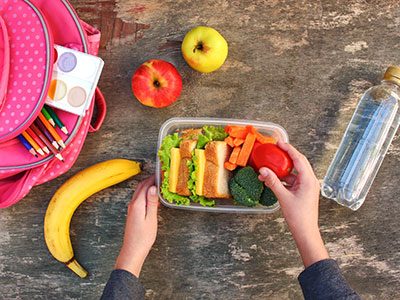



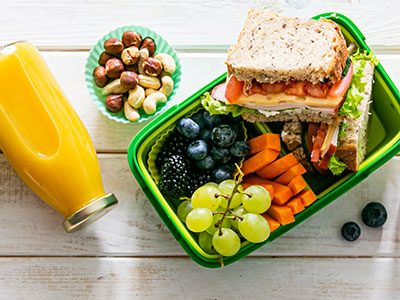


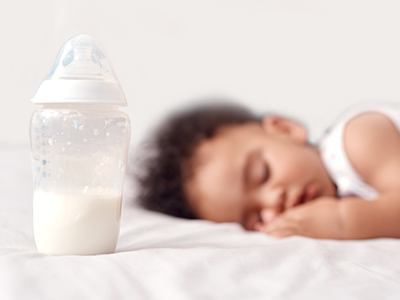
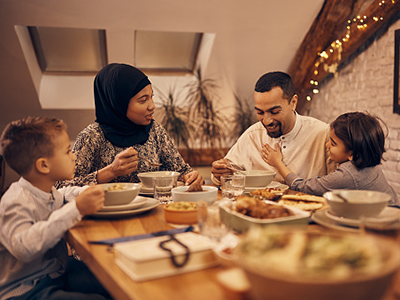
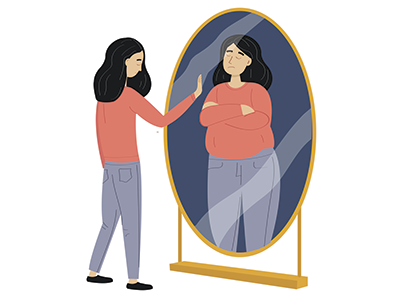

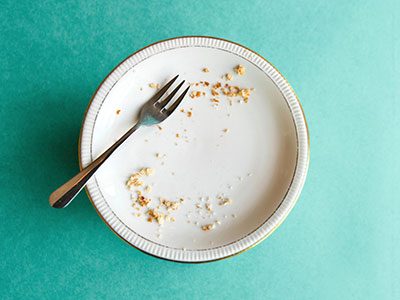
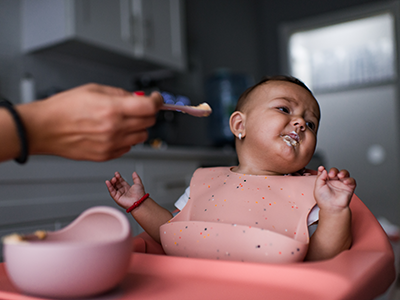
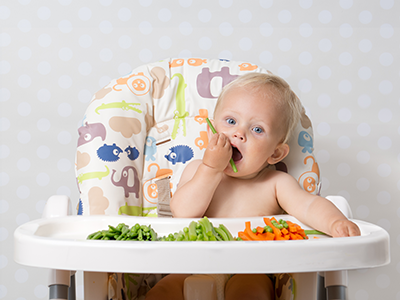

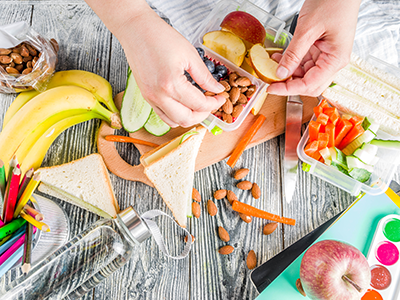
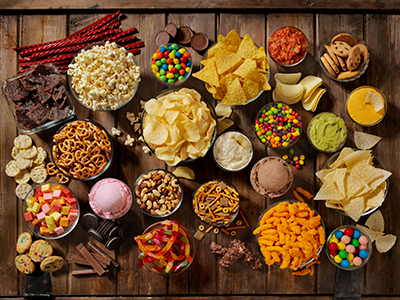
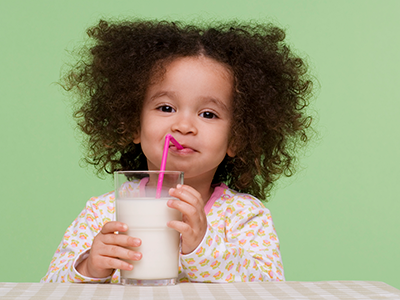
Leave a Comment
Want to join the discussion?Feel free to contribute!